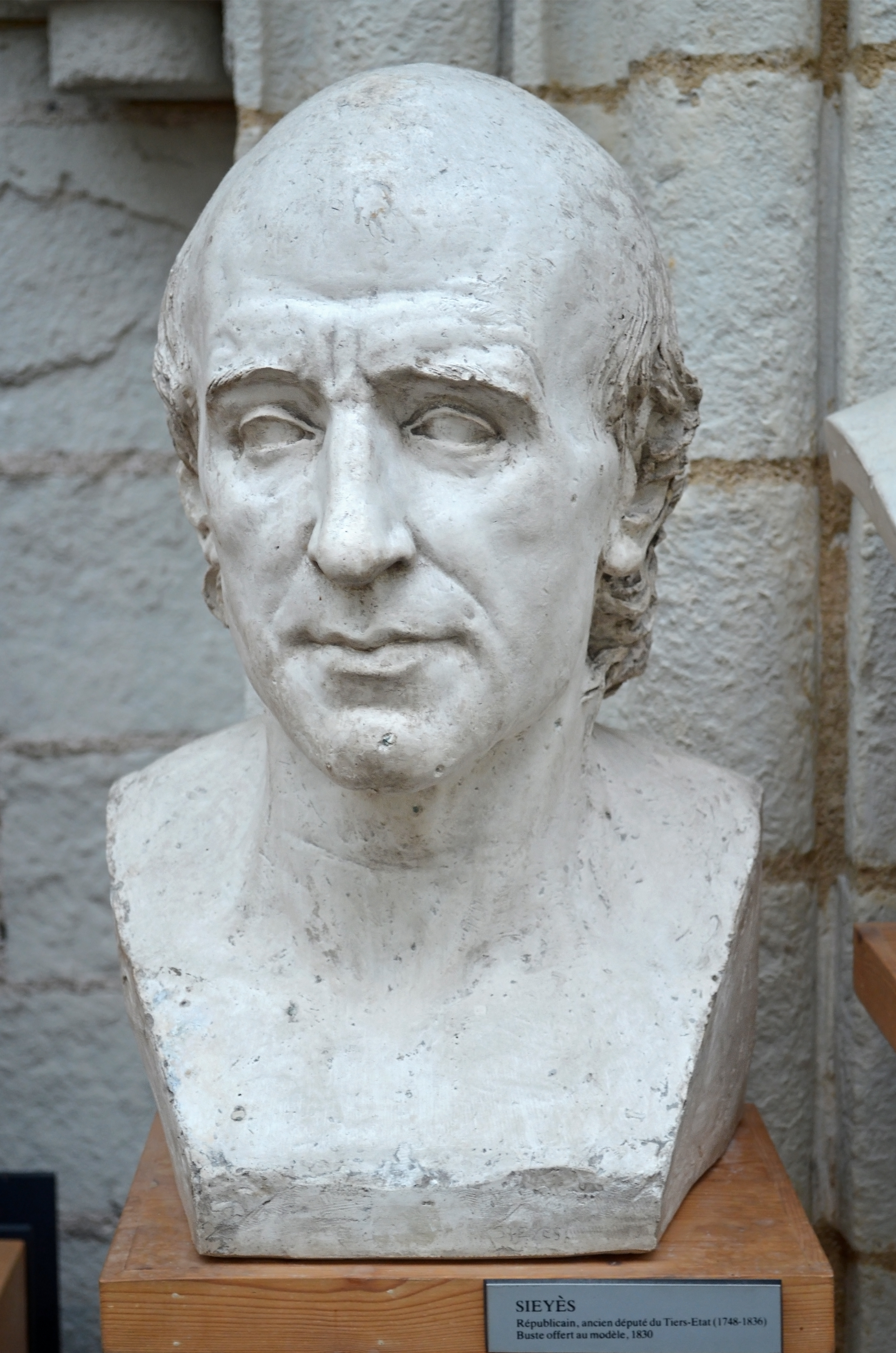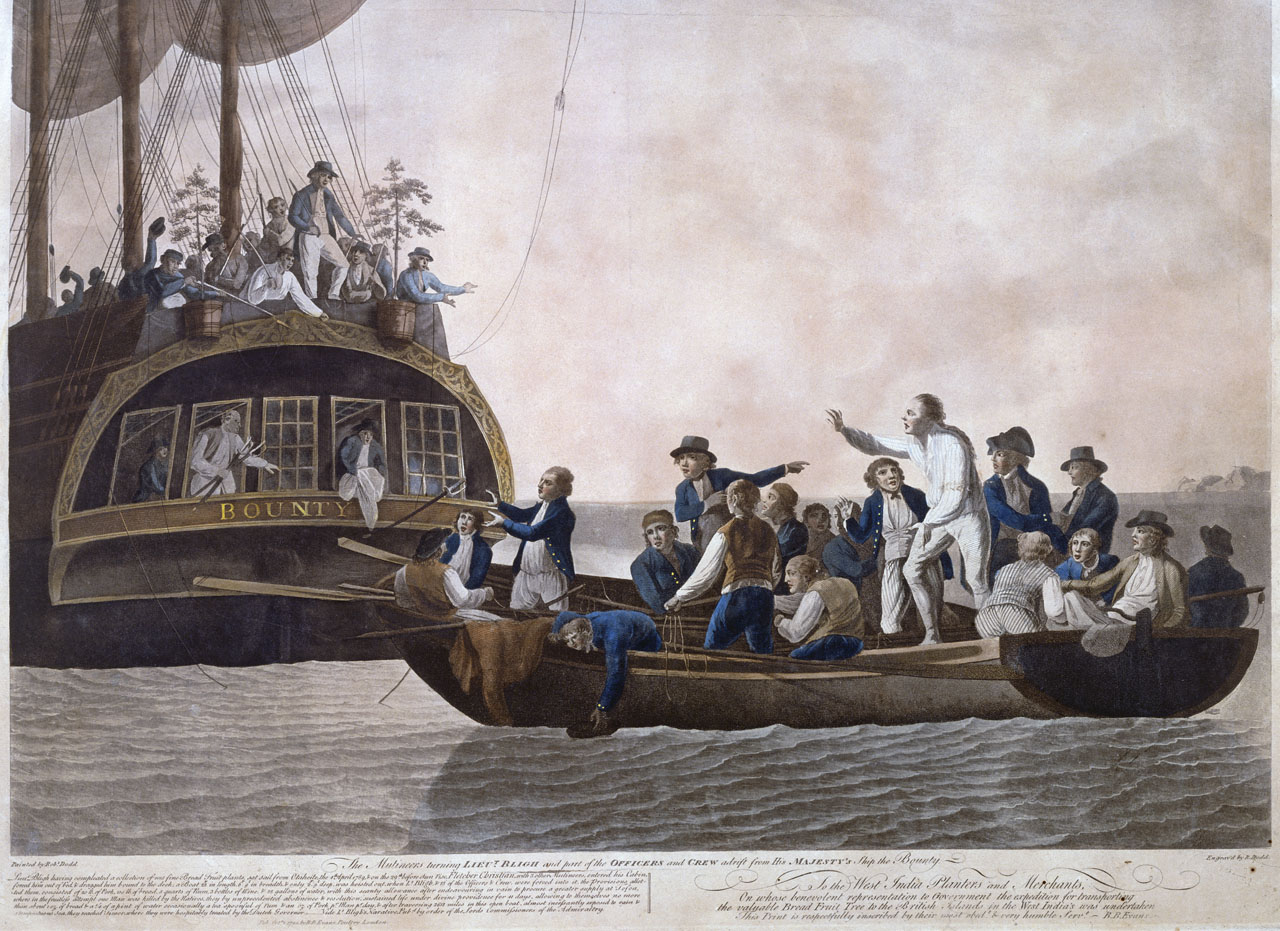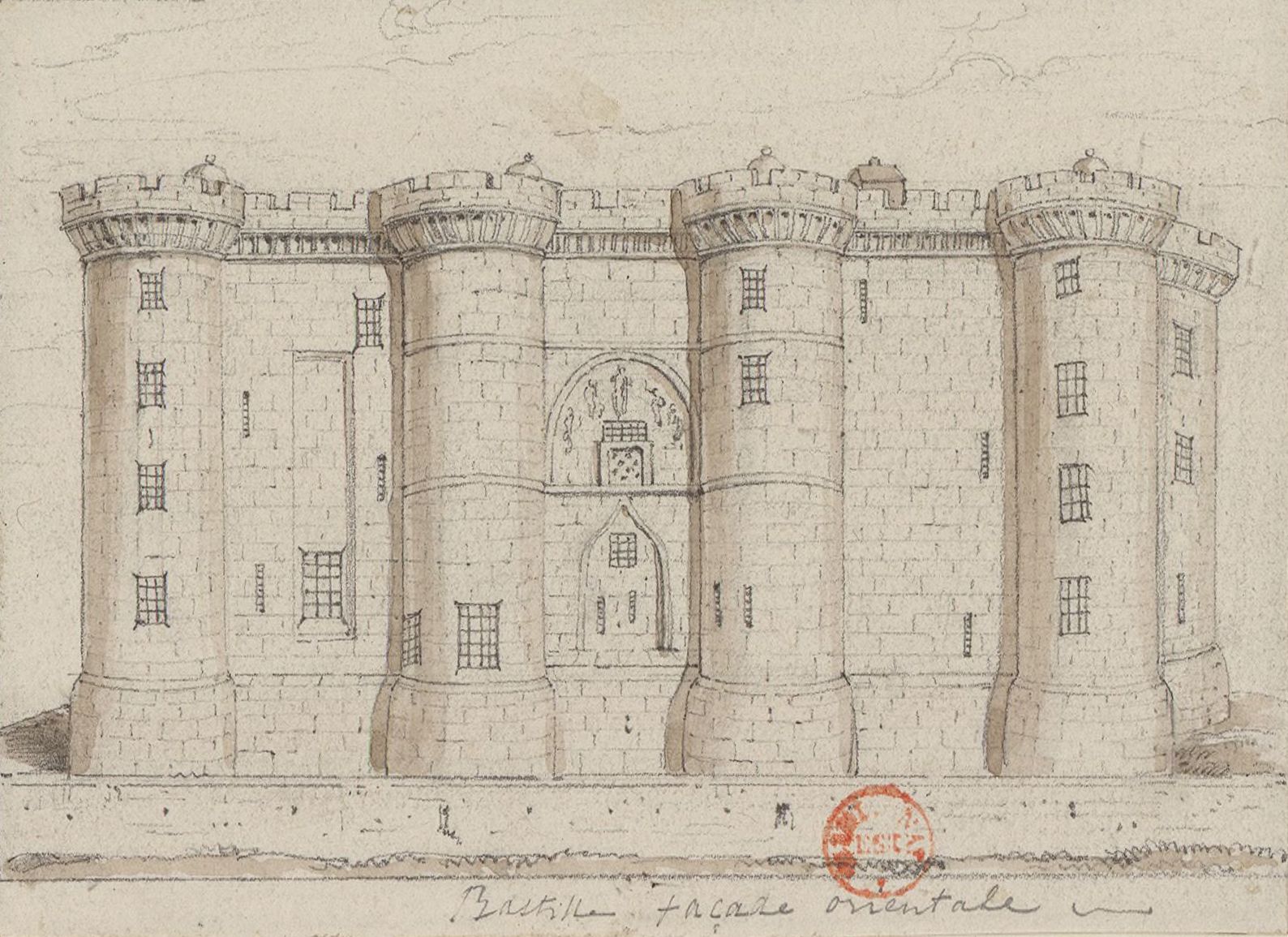|
Estates General Of 1789 In France
The Estates General of 1789 was a general assembly representing the French estates of the realm: the clergy (First Estate), the nobility (Second Estate), and the commoners (Third Estate). It was the last of the Estates General of the Kingdom of France. Summoned by King Louis XVI, the Estates General of 1789 ended when the Third Estate formed the National Assembly and, against the wishes of the King, invited the other two estates to join. This signaled the outbreak of the French Revolution. The decision to summon the Estates First Assembly of Notables and peasants The suggestion to summon the Estates General came from the Assembly of Notables installed by the King on 22 February 1787. This institution had not been called since 1614. In 1787, the Parlement of Paris was refusing to ratify Charles Alexandre de Calonne's program of badly needed financial reform, due to the special interests of its noble members. Calonne was the Controller-General of Finances, appointed ... [...More Info...] [...Related Items...] OR: [Wikipedia] [Google] [Baidu] |
Louis Philippe II, Duke Of Orléans
Louis Philippe II, Duke of Orléans (Louis Philippe Joseph; 13 April 17476 November 1793), was a major French noble who supported the French Revolution. Louis Philippe II was born at the Château de Saint-Cloud to Louis Philippe I, Duke of Chartres, and Louise Henriette de Bourbon. He was titled Duke of Montpensier at birth. When his grandfather Louis, Duke of Orléans, died in 1752, his father became the new Duke of Orléans and Louis Philippe II became Duke of Chartres. When his father died in 1785, he became Duke of Orléans and First Prince of the Blood. He was styled as Serene Highness (french: Son Altesse Sérénissime). In 1792, during the Revolution, Louis Philippe changed his name to Philippe Égalité. He was a cousin of King Louis XVI and one of the wealthiest men in France. He actively supported the Revolution of 1789, and was a strong advocate for the elimination of the present absolute monarchy in favor of a constitutional monarchy. Louis Philippe voted for t ... [...More Info...] [...Related Items...] OR: [Wikipedia] [Google] [Baidu] |
Emmanuel Joseph Sieyès
Emmanuel-Joseph Sieyès (3 May 174820 June 1836), usually known as the Abbé Sieyès (), was a French Roman Catholic ''abbé'', clergyman, and political writer who was the chief political theorist of the French Revolution (1789–1799); he also held offices in the governments of the French Consulate (1799–1804) and the First French Empire (1804–1815). His pamphlet '' What Is the Third Estate?'' (1789) became the political manifesto of the Revolution, which facilitated transforming the Estates-General into the National Assembly, in June 1789. He was offered and refused an office in the French Directory (1795–1799). After becoming a director in 1799, Sieyès was among the instigators of the Coup of 18 Brumaire (9 November), which installed Napoleon Bonaparte to power. Moreover, apart from his political life, Sieyès coined the term "'' sociologie''", and contributed to the nascent social sciences.Jean-Claude Guilhaumou (2006)« Sieyès et le non-dit de la sociologie : du mot ... [...More Info...] [...Related Items...] OR: [Wikipedia] [Google] [Baidu] |
Jean Joseph Mounier
Jean Joseph Mounier (12 November 1758 – 28 January 1806) was a French politician and judge. Biography Mounier was born the son of a cloth merchant in Grenoble in Southeastern France. He studied law, and in 1782 purchased a minor judgeship at Grenoble. He took part in the struggle between the '' parlements'' and the court in 1788, and promoted the meeting of the estates of Dauphiné at Vizille (20 July 1788), on the eve of the French Revolution. He was secretary of the assembly, and drafted the ''cahiers'' ("notebooks") of grievances and remonstrances presented by it to King Louis XVI. Thus brought into prominence, Mounier was unanimously elected deputy of the third estate to the Estates General of 1789; Mounier also founded the Monarchiens party in August 1789. There, and in the Constituent Assembly, he was at first an upholder of the new ideas, pronouncing himself in favor of the union of the Third Estate with the two privileged orders, proposing the famous Tennis Court ... [...More Info...] [...Related Items...] OR: [Wikipedia] [Google] [Baidu] |
Cahiers De Doléances
The Cahiers de doléances (or simply Cahiers as they were often known) were the lists of grievances drawn up by each of the three Estates in France, between January and April 1789, the year in which the French Revolution began. Their compilation was ordered by Louis XVI, who had convened the Estates General of 1789 to manage the revolutionary situation, to give each of the Estates – the First Estate (the clergy), the Second Estate (the nobility) and the Third Estate, which consisted of everyone else, including the urban working class, the rural peasantry, and middle class and professional people, who were the only ones in the group likely to have their voices heard – the chance to express their hopes and grievances directly to the King. They were explicitly discussed at a special meeting of the Estates-General held on 5 May 1789. Many of these lists have survived and provide considerable information about the state of the country on the eve of the revolution. The documents recor ... [...More Info...] [...Related Items...] OR: [Wikipedia] [Google] [Baidu] |
1789 Estates General Map
Events January–March * January – Emmanuel Joseph Sieyès publishes the pamphlet '' What Is the Third Estate?'' ('), influential on the French Revolution. * January 7 – The 1788-89 United States presidential election and House of Representatives elections are held. * January 9 – Treaty of Fort Harmar: The terms of the Treaty of Fort Stanwix (1784) and the Treaty of Fort McIntosh, between the United States Government and certain native American tribes, are reaffirmed, with some minor changes. * January 21 – The first American novel, ''The Power of Sympathy or the Triumph of Nature Founded in Truth'', is printed in Boston, Massachusetts. The anonymous author is William Hill Brown. * January 23 – Georgetown University is founded in Georgetown, Maryland (today part of Washington, D.C.), as the first Roman Catholic college in the United States. * January 29 – In Vietnam, Emperor Quang Trung crushes the Chinese Qing forces in Ng� ... [...More Info...] [...Related Items...] OR: [Wikipedia] [Google] [Baidu] |
Jacobin
, logo = JacobinVignette03.jpg , logo_size = 180px , logo_caption = Seal of the Jacobin Club (1792–1794) , motto = "Live free or die"(french: Vivre libre ou mourir) , successor = Panthéon Club , formation = 1789 , founder = Maximilien Robespierre , founding_location = Versailles, France , dissolved = , type = Parliamentary group , status = Inactive , purpose = Establishment of a Jacobin society * 1789–1791: abolition of the Ancien Régime, creation of a parliament, introduction of a Constitution and separation of powers * 1791–1795: establishment of a republic, fusion of powers into the National Convention and establishment of an authoritarian-democratic state , headquarters = Dominican convent, Rue Saint-Honoré, Paris , region = France , methods = From democratic initiatives to pu ... [...More Info...] [...Related Items...] OR: [Wikipedia] [Google] [Baidu] |
Club Breton
The Club Breton was a group of Bretons representatives attending the Estates General of 1789 in France. They usually met in the ''café Amaury'' at the corner of the Saint-Cloud avenue and the Carnot street at Versailles, to debate of the Estates General subjects before the constituency debates concerning Brittany of other subjects. Its influence was much greater than its size, and it became later the ''Société des amis de la constitution'', which finally became the Club des Jacobins. Brittany constituency composition The Brittany situation differed from the rest of France, because related to the absence of agreement between the different estates, only the Third Estate and the Minor orders were represented in the Estates General. The Brittany nobility sent delegates to Versailles to obtain that the election would conform to the old Brittany constitution electoral rules, which stipulated that the delegates would be nominated by the 47 representatives of the 42 towns of th ... [...More Info...] [...Related Items...] OR: [Wikipedia] [Google] [Baidu] |
Breton People
The Bretons (; br, Bretoned or ''Vretoned,'' ) are a Celtic ethnic group native to Brittany. They trace much of their heritage to groups of Brittonic speakers who emigrated from southwestern Great Britain, particularly Cornwall and Devon, mostly during the Anglo-Saxon settlement of Britain. They migrated in waves from the 3rd to 9th century (most heavily from 450 to 600) into Armorica, which was subsequently named Brittany after them. The main traditional language of Brittany is Breton (''Brezhoneg''), spoken in Lower Brittany (i.e., the western part of the peninsula). Breton is spoken by around 206,000 people as of 2013. The other principal minority language of Brittany is Gallo; Gallo is spoken only in Upper Brittany, where Breton is less dominant. As one of the Brittonic languages, Breton is related closely to Cornish and more distantly to Welsh, while the Gallo language is one of the Romance '' langues d'oïl''. Currently, most Bretons' native language is standard ... [...More Info...] [...Related Items...] OR: [Wikipedia] [Google] [Baidu] |
Bastille
The Bastille (, ) was a fortress in Paris, known formally as the Bastille Saint-Antoine. It played an important role in the internal conflicts of France and for most of its history was used as a state prison by the kings of France. It was stormed by a crowd on 14 July 1789, in the French Revolution, becoming an important symbol for the French Republican movement. It was later demolished and replaced by the Place de la Bastille. The castle was built to defend the eastern approach to the city from potential English attacks during the Hundred Years' War. Construction was underway by 1357, but the main construction occurred from 1370 onwards, creating a strong fortress with eight towers that protected the strategic gateway of the Porte Saint-Antoine heading out to the east. The innovative design proved influential in both France and England and was widely copied. The Bastille figured prominently in France's domestic conflicts, including the fighting between the rival factions o ... [...More Info...] [...Related Items...] OR: [Wikipedia] [Google] [Baidu] |
Rennes
Rennes (; br, Roazhon ; Gallo: ''Resnn''; ) is a city in the east of Brittany in northwestern France at the confluence of the Ille and the Vilaine. Rennes is the prefecture of the region of Brittany, as well as the Ille-et-Vilaine department. In 2017, the urban area had a population of 357,327 inhabitants, and the larger metropolitan area had 739,974 inhabitants.Comparateur de territoire Unité urbaine 2020 de Rennes (35701), Aire d'attraction des villes 2020 de Rennes (013) INSEE The inhabitants of Rennes are called Rennais/Rennaises in . Rennes's history goes back mo ... [...More Info...] [...Related Items...] OR: [Wikipedia] [Google] [Baidu] |
Jean-Jacques Duval D'Eprémesnil
Jean-Jacques Duval d'Eprémesnil (5 December 174522 April 1794), French magistrate and politician, was born in India at Pondicherry, his father being a colleague of Joseph François Dupleix. Returning to France in 1750 he was educated in Paris for the law, and became in 1775 in the of Paris, where he soon distinguished himself by his zealous defence of its rights against the royal prerogative. He showed bitter enmity to Marie Antoinette in the matter of the diamond necklace, and on 19 November 1787 he was the spokesman of the parlement in demanding the convocation of the states-general. When the court retaliated by an edict depriving the parlement of its functions, Eprémesnil bribed the printers to supply him with a copy before its promulgation, and this he read to the assembled . A royal officer was sent to the palais de justice to arrest Eprémesnil and his chief supporter Goislard de Montsabert, but the (5 May 1788) declared that they were all Eprémesnils, and the arres ... [...More Info...] [...Related Items...] OR: [Wikipedia] [Google] [Baidu] |









.png)